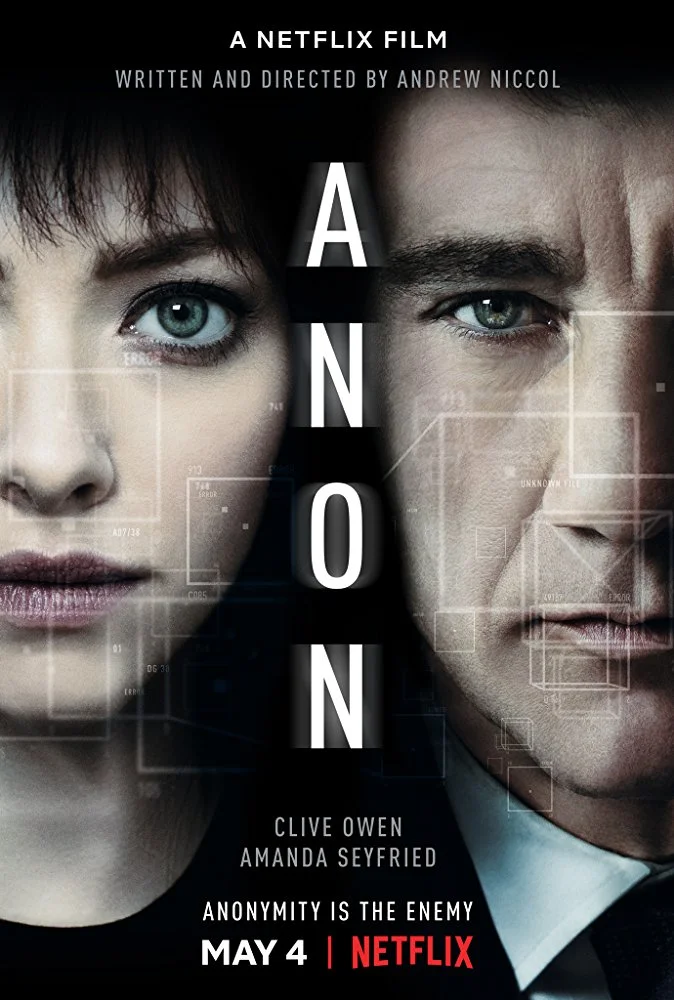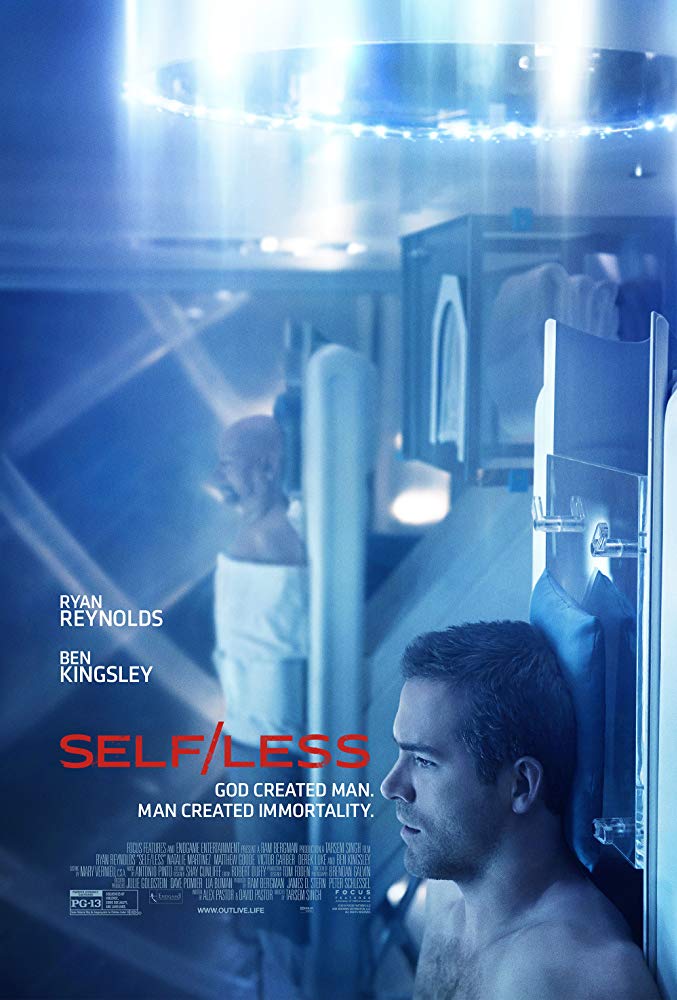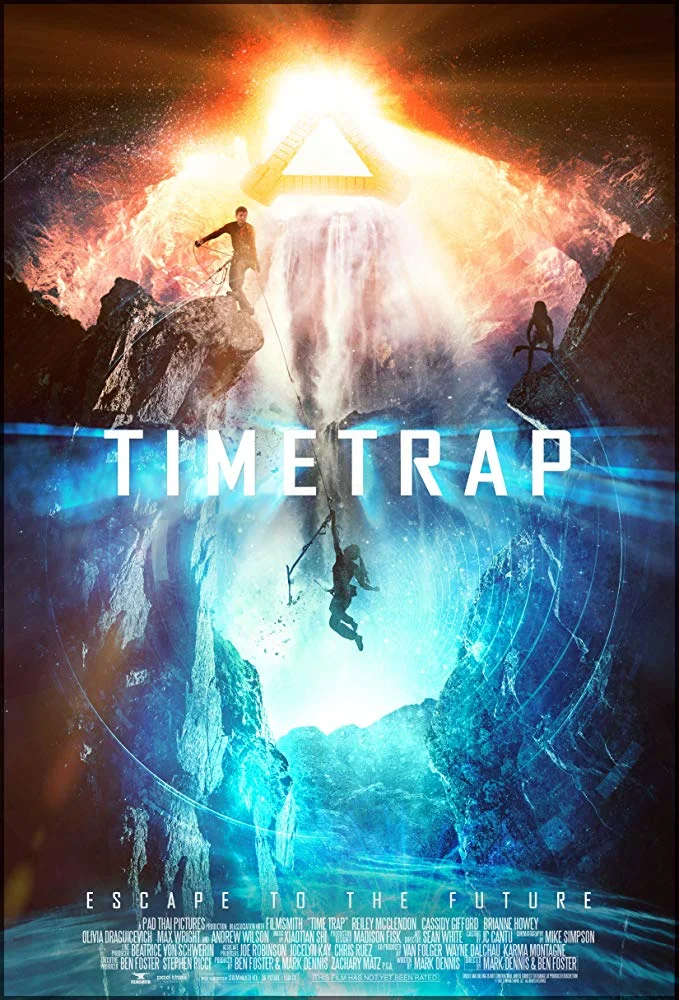Anon (2018)
This was the fourth movie I’ve seen from Andrew Niccol set in one of his fascinating alternate realities. “GATACCA” (1997), “S1M0NE” (2002), and “In Time” (2012) all took relatively simple concepts (genetic manipulation, CGI, capitalism, respectively) and showed us a world where those neutral ideas/technologies could make the world better, but instead were ruined by human greed, very similar to the TV show “Black Mirror.”
Speaking of “Black Mirror”: “Anon” (2018) bore striking resemblance to one of my favorite episodes of that show: “The Entire History of You,” where a bio-tech implant allowed anyone to recall the sounds and sights of any memory at any time, though it was simply as if they were watching a personal television.
“Anon” took that a step farther. Instead of an implant, this technology appeared to simply be part of human life, from birth to death, and equally deeply ingrained in life, baked into everything from outdoor ad spaces to driving instructions.
While never explained, as good sci-fi shouldn’t, everyone in Niccol’s city had a built-in augmented-reality (AR) system that provided various intensities of audio and visual feedback, as well as recording the same two senses for future replay. This was shown to be used for business, video games, phone calls, and general tech work. The police could access those feeds as necessary to solve crimes, as could hackers to commit them. There was never any clarity on who was allowed to view whose feed, and it was obvious that the cops didn’t need any kind of warrant to view whatever they wanted whenever they wanted. Though, I suppose, if anyone can see what you’re reviewing, it would be very easy for an Inspector General or Human Resources-type to audit your feed and make sure you’re staying on track and not simply being a creepy peeping Tom under the guise of work.
Sal Frieland (Clive Owens) was a homicide detective on the trail of a series of unexplained, disconnected murders that were committed in ways that shouldn’t have been possible. (Think “Minority Report” (2002), but less stupid and without an extended scene of Tom Cruise running somewhere when he could have just taken a car.)
Anon (Amanda Seyfried) was someone who was - you guessed it - anonymous; a trait that shouldn’t have been possible in a world where any level of biometrics or metadata about a person could be scraped at any moment.
Despite having an AR technology that was magnitudes above and beyond our own today, this world was obviously a close sibling of ours both in history and present tense, as Lufthansa and Carhartt ads were on display all around the city, and the brands of cars were the same, though the models were all hydrogen-powered. Nothing hovered, no AI’s spoke deep truths of human suffering, and there weren’t any aliens. Smoking was allowed indoors and no one cared, and there wasn’t a hint of anything with a screen: no phones, no TVs, no computers. It makes sense that you wouldn’t need any of those in a world where your digital needs are piped directly into your skull.
Niccol’s CGI team did a great job coming up with a display method for the “ether,” showing an alternate version of the internet that was focused on telecommunications, peer-to-peer sharing, and message boards, instead of the of Web 2.0 pages and sites we’re used to. It did bear a striking resemblance to the line-tracing graphics of old arcade games, but the display was clean and easy to understand for an audience that has never seen it before.
And, as Niccol continued to do well, he avoided extraneous details about the world we were watching: the city was never named, nor was the country. There were never news blurbs about local or international politics, or blips about military activity in one land or another. While those are certainly interesting things to be pondered in the tales he tells, he didn’t waste time trying to color in the entire picture for us, which helped to tell a very clean-cut story focused entirely on the thing he wanted the story to be focused on.
Notably: in of a world with no external screens, where any data you need could be summoned into your personal heads-up display, everyone simply stared into the void. It was unnerving to see, as entire offices would be shown with people sitting silently at their desks, staring straight ahead, but it was a detail that stood out and obviously fit the AR-infused reality.
Rachel Roberts, who played Simone in “S1M0NE,” had an easter-egg appearance in this movie where she got robbed, as she did in “In Time.” It’s unclear why this is a trope that Niccol wants to continue referencing, as Simone wasn’t a particularly bad character in her own movie, but Niccol’s the one getting paid to make these films and Roberts is apparently okay with those weirdly specific cameos.
Nudity, like graphic violence and cursing, has a time and place. While I’m certainly not condemning any of those three as devices to be used in any medium, or the director’s choice to include them in their stories, it‘s definitely the kind of thing that needs to be warranted, either as a matter of story-telling consistency or to make an impact on the audience.
I’m sure you could argue that all the naked people in “Game of Thrones” weren’t necessary, but at least the entire show was consistent with the nudity, so it never felt particularly out of place. In “Anon,” there were three naked women, and all of their nakedness felt ham-fisted and irrelevant, like Niccol included them simply because he was allowed to. Showing them wearing bras seems like it would have actually fit better with the rest of the theme and style of the film.
While this movie wasn’t about any particular side of the privacy argument that follows us around our modern always-connected world, there was one line by Anon that rang true: “I have nothing to hide. I have nothing I want you to see.”
This movie fit solidly into Niccol’s library of outstanding fiction, and was clearly a spiritual successor to “In Time.”
If you liked that, you’ll like this too.



